Development of Environmental Long Range RFID Sensors Based on the Modulated Scattering Technique
Abstract
:1. Introduction
2. Mathematical Formulation
3. Description of the MST Environmental System
3.1. Reader Description
3.2. MST Tag Description
3.3. Experimental Setup and Measurement Campaign
4. Conclusions
Author Contributions
Funding
Acknowledgments
Conflicts of Interest
References
- Doolin, D.M.; Sitar, N. Wireless sensors for wildfire monitoring. In Proceedings of the Smart Structures and Materials (NDE 2005), San Diego, CA, USA, 17 May 2005; pp. 6–105. [Google Scholar]
- Rad, M.; Shafai, L. A wireless embedded sensor for structural health monitoring applications. In Proceedings of the 13th Internationla Symposium Antenna Technology and Applied Electromagnetics Canadian Radio Science Meeting ANTEM/URSI, Toronto, ON, Canada, 15–18 February 2009; pp. 1–4. [Google Scholar]
- Polivka, M.; Svanda, M.; Hudec, P.; Zvanovec, S. UHF RF identification of people in indoor and open areas. IEEE Trans. Microw. Theory Tech. 2009, 57, 1341–1347. [Google Scholar] [CrossRef]
- Viani, F.; Oliveri, G.; Rocca, P.; Donelli, M.; Massa, A.; Lizzi, L. WSN-based solutions for security and surveillance. In Proceedings of the 3rd European Wireless Technology Conference, Paris, France, 27–28 September 2010; pp. 285–288. [Google Scholar]
- Cayirpurnar, O.; Tavli, B.; Kadioglu-Urtis, E.; Uludag, S. Optimal mobility patterns of multiple base stations wireless sensor network lifetime maximization. IEEE Sens. J. 2017, 17, 7177–7188. [Google Scholar] [CrossRef]
- Dobkin, D.M. The RF in RFID: Passive UHF RFID in Practice; Elsevier: New York, NY, USA, 2006. [Google Scholar]
- Finkenzeller, K. RFID Handbook, 2nd ed.; Wiley: New York, NY, USA, 2004. [Google Scholar]
- Rida, A.; Lakafosis, V.; Vyas, R.; Nikolaou, S.; Tentzeris, M. Review of technologies for low-cost integrated sensors. In Proceedings of the IEEE International Conference on RFID-Technologies and Applictions, Orlando, FL, USA, 12–14 April 2011. [Google Scholar]
- Capdevila, S.; Jofre, L.; Romeu, J.; Bolomey, J.C. Passive RFID based sensing. In Proceedings of the IEEE International Conference on RFID-Technologies and Applications, Orlando, FL, USA, 12–14 April 2011. [Google Scholar]
- Capdevila, S.; Jofre, L.; Romeu, J.; Bolomey, J.C. RFID multiprobe impedance based sensors. In IEEE Transaction Instrumentation and Measurement; IEEE: Piscataway, NJ, USA, 2010; Volume 59, pp. 3093–3101. [Google Scholar]
- Fuschini, F.; Piersanti, C.; Paolazzi, F.; Falciasecca, G. Analytical approach to the backscattering from UHF RFID transponder. IEEE Antennas Wirel. Propag. Lett. 2008, 7, 33–35. [Google Scholar] [CrossRef]
- Curty, J.P.; Joehl, N.; Dehollain, C.; Declercq, M.J. Remotely powered addressable UHF RFID integrated system. IEEE J. Solid-State Circuits 2005, 40, 2193–2201. [Google Scholar] [CrossRef]
- Girbau, D.; Ramos, A.; Lazaro, A.; Rima, S.; Villarino, R. Passive wireless temperature sensor based on time-coded UWB chipless RFID tags. IEEE Trans. Microw. Theory Tech. 2012, 60, 1–10. [Google Scholar] [CrossRef]
- Donelli, M. Design of long-range, powerless RFID sensor at 10 GHz. Electron. Lett. 2013, 49, 1277–1278. [Google Scholar] [CrossRef]
- Preradovic, S.; Menicanin, A. Chipless wireless sensor node. In Proceedings of the MIPRO, Opatija, Croatia, 21–25 May 2012; pp. 179–182. [Google Scholar]
- Donelli, M. A chipless RFID system based on substrate impedance waveguide resonators (SIW). In Proceedings of the 2017 IEEE-APS Topical Conference on Antennas and Propagation in Wireless Communications (APWC), Verona, Italy, 10–15 September 2017. [Google Scholar]
- Zhao, Z.; Tian, G.Y.; Zhang, J. IQ signal based RFID sensors for defect detection and characterization. Sens. Actuators A. Phys. 2018, 269, 14–21. [Google Scholar] [CrossRef]
- Yang, L.; Li, Y.; Lin, Q.; Jia, H.; Li, X.-Y.; Liu, Y. Tagbeat: Sensing Mechanical Vibration Period With COTS RFID Systems. IEEE/ACM Trans. Netw. 2017, 25, 3823–3835. [Google Scholar] [CrossRef]
- CHerrojo, R.; Mata-Contreras, J.; Núñez, A.; Paredes, F.; Ramon, E.; Martín, F. Near-Field Chipless-RFID System With High Data Capacity for Security and Authentication Applications. IEEE Trans. Microw. Theory Tech. 2017, 65, 5298–5308. [Google Scholar] [CrossRef] [Green Version]
- Garbati, M.; Perret, E.; Siragusa, R.; Halopè, C. Toward Chipless RFID Reading Systems Independent of Tag Orientation. IEEE Microw. Wirel. Compon. Lett. 2017, 27, 1158–1160. [Google Scholar] [CrossRef]
- Grebien, S.; Kulmer, J.; Galler, F.; Goller, M.; Leitinger, E.; Arthaber, H.; Witrisal, K. Range Estimation and Performance Limits for UHF-RFID Backscatter Channels. IEEE J. Radio Freq. Identif. 2017, 1, 39–50. [Google Scholar] [CrossRef]
- Qin, H.; Peng, Y.; Zhang, W. Vehicles on RFID: Error-Cognitive Vehicle Localization in GPS-Less Environments. IEEE Trans. Veh. Technol. 2017, 66, 9943–9957. [Google Scholar] [CrossRef]
- Li, H.; Zhu, J.; Yu, Y. Compact Single-Layer RFID Tag Antenna Tolerant to Background Materials. IEEE Access 2017, 5, 21070–21079. [Google Scholar] [CrossRef]
- Chuang, P.-J.; Tsai, W.-T. SwitchTable: An efficient anti-collision algorithm for RFID networks. IET Commun. 2017, 11, 2221–2227. [Google Scholar] [CrossRef]
- Zhang, J.; Shen, Z. Compact and High-Gain UHF/UWB RFID Reader Antenna. IEEE Trans. Antennas Propag. 2017, 65, 5002–5010. [Google Scholar] [CrossRef]
- Bolomey, J.C.; Capdevila, S.; Jofre, L.; Romeu, J. Electromagnetic modeling of RFID-modulated scattering mechanism. Application to tag performance evaluation. Proc. IEEE 2010, 11, 1555–1569. [Google Scholar] [CrossRef]
- Bolomey, J.C.; Gardiol, G. Engineering Applications of the Modulated Scattering Technique; House, A., Ed.; Arthec House: London, UK, 2001. [Google Scholar]
- Bracht, R.; Miller, E.K.; Kuckertz, T. An impedance modulated reflector system. IEEE Potentials 1999, 18, 29–33. [Google Scholar] [CrossRef]
- Harrington, R. Electromagnetic scattering by antennas. IEEE Trans. Antennas Propag. 1963, 5, 595–596. [Google Scholar] [CrossRef]
- Donelli, M. Guidelines for the design and optimization of wireless sensors based on the modulated scattering techniques. IEEE Trans. Instrum. Meas. 2014, 63, 1824–1833. [Google Scholar] [CrossRef]
- Fletcher, R.; Marti, J.P.; Redemske, R. Study of UHF RFID signal propagation through complex media. In Proceedings of the 2005 IEEE Antennas and Propagation Society International Symposium, Washington, DC, USA, 3–8 July 2005; pp. 747–750. [Google Scholar]
- Kim, D.Y.; Yook, J.G.; Yoon, H.G.; Jang, J. Interference analysis of UHF RFID systems. Prog. Electromag. Res. B 2008, 4, 115–126. [Google Scholar] [CrossRef]
- Leong, S.; Ng, J.M.L.; Kole, H. The reader collision problem in RFID systems. In Proceedings of the 2005 IEEE International Symposium on Microwave, Antenna, Propagation and EMC Technologies for Wireless Communication, Beijing, China, 8–12 August 2005; pp. 747–750. [Google Scholar]
- Picquenard, A. Radiowave Propagation; MacMillan: Bath, UK, 1974. [Google Scholar]
- Ostradahimi, M.; Mojabi, P.; Noghanian, S.; Shafai, L.; Pistorius, S.; Lovetri, J. A novel tomography system based on the scattering probe technique. IEEE Trans. Instrum. Meas. 2012, 62, 379–390. [Google Scholar] [CrossRef]
- Donelli, M.; Pastorino, M.; Caorsi, S. A passive antenna system for data acquisition in scattering applications. IEEE Antennas Wirel. Propag. Lett. 2001, 1, 203–206. [Google Scholar]
- Abou-Khousa, M.A.; Zoughi, R. Multiple loaded scatterer method for E-field mapping applications. IEEE Trans. Antennas Propag. 2010, 58, 900–907. [Google Scholar] [CrossRef]
- Bracht, R.; Miller, E.K.; Kuckertz, T. Using an impedance-modulated reflector for passive communication. In Proceedings of the IEEE Antennas Propagation International Symposium, Montreal, QC, Canada, 13–18 July 1997; pp. 1070–1073. [Google Scholar]
- Tehran, H.M.; Laurin, J.; Kashyap, R. Optically modulated probe for precision near-field measurements. IEEE Trans. Instrum. Meas. 2010, 59, 2755–2762. [Google Scholar] [CrossRef]
- Vauchamp, S.; Lalande, M.; Andrieu, J.; Jecko, B.; Lasserre, J.L.; Pècastain, L.; Cadilhon, B. Utilization of target scattering to measure high-level electromagnetic field: The Michelson method. IEEE Trans. Instrum. Meas. 2010, 59, 2405–2413. [Google Scholar] [CrossRef]
- Choi, J.H.; Moon, J.I.; Park, S.O. Measurement of the modulated scattering microwave fields using dual-phase lock-in amplifier. IEEE Antennas Wirel. Propag. Lett. 2004, 3, 340–343. [Google Scholar] [CrossRef]
- Liang, W.; Hygate, G.; Nye, J.F.; Gentle, D.G.; Cook, R.J. A probe for making near-field measurements with minimal disturbance: The optically modulated scatterer. IEEE Trans. Antennas Propag. 1997, 1, 772–780. [Google Scholar] [CrossRef]
- Bolomey, J.C.; Capdevila, S.; Jofre, L.; Tedjini, S. Sensitivity analysis for wireless dielectric reflectometry with modulated scatterers. In Proceedings of the 15th URSI General Assembly and Scientific Symposium, Istanbul, Turkey, 13–20 August 2011; pp. 1–4. [Google Scholar]
- Donelli, M.; Viani, F. Remote inspection of the structural integrity of engineering structures and materials with passive MST probes. IEEE Trans. on Geosci. Remote Sens. 2017, 55, 12. [Google Scholar] [CrossRef]
- Donelli, M. A broadband modulated scattering technique (MST) probe based on a self-complementary antenna. In Proceedings of the 2017 IEEE-APS Topical Conference on Antennas and Propagation in Wireless Communications (APWC), Verona, Italy, 10–15 September 2017. [Google Scholar]
- Donelli, M.; Viani, F. Graphene based antenna for the design of modulated scattering technique (MST) wireless sensors. IEEE Antennas Wirel. Propag. Lett. 2016, 15, 1561–1564. [Google Scholar] [CrossRef]
- Donelli, M. A 24 GHz environmental sensor based on the modulated scattering technique (MST). In Proceedings of the IEEE Conference on Antenna Measurements and Applications CAMA 2014, Juan Les Pens, France, 16–19 November 2014. [Google Scholar]
- Donelli, M.; Franceschini, D. Experiments with a modulated scattering system for through-wall identification. IEEE Antennas Wirel. Propag. Lett. 2010, 9, 20–23. [Google Scholar] [CrossRef]
- Vena, A.; Perret, E.; Tedijini, S. Chipless RFID Based on RF Encoding Particle; Elsevier: Exeter, UK, 2016. [Google Scholar]
- Vernon, F. Application of the microwave homodyne. IEEE Trans. Antennas Propagat. 1952, PGAP-4, 110–116. [Google Scholar] [CrossRef]
- King, R.J. Microwave Homodyne Systems; P. Peregrinus on behalf of the Institution of Electrical Engineers: London, UK, 1978. [Google Scholar]
- Skolnik, M.I. Radar Handbook; McGraw-Hill: New York, NY, USA, 1990. [Google Scholar]
- Kharthaus, U.; Fisher, M. Fully integrated passive UHF-RFID transponder IC with 16.7 nW minimun RF power. IEEE J. Solid State Circuits 2003, 38, 1602–1608. [Google Scholar] [CrossRef]
- Kitayoshi, H.; Sawaya, K. Long range passive RFID-Tag for sensor networks. IEEE Veh. Tech. Conf. 2005, 4, 2696–2700. [Google Scholar]
- Scholl, G.; Horen, C.; Riha, E.; Ruppel, C.W.; Walff, U.; Riha, G.; Weigel, R. SAW based radio sensor system. IEEE Microw. Mag. 2006, 4, 69–76. [Google Scholar]

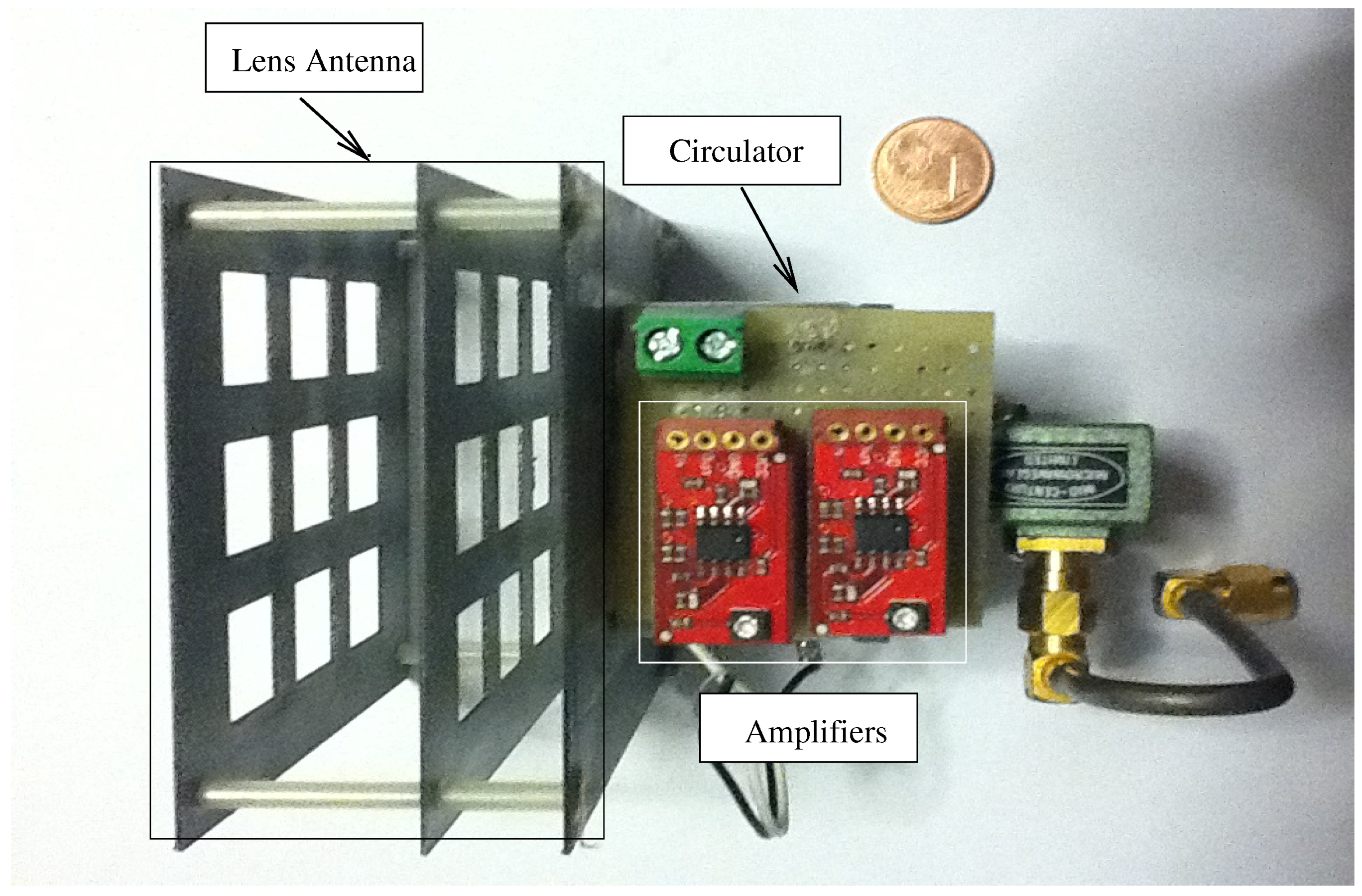
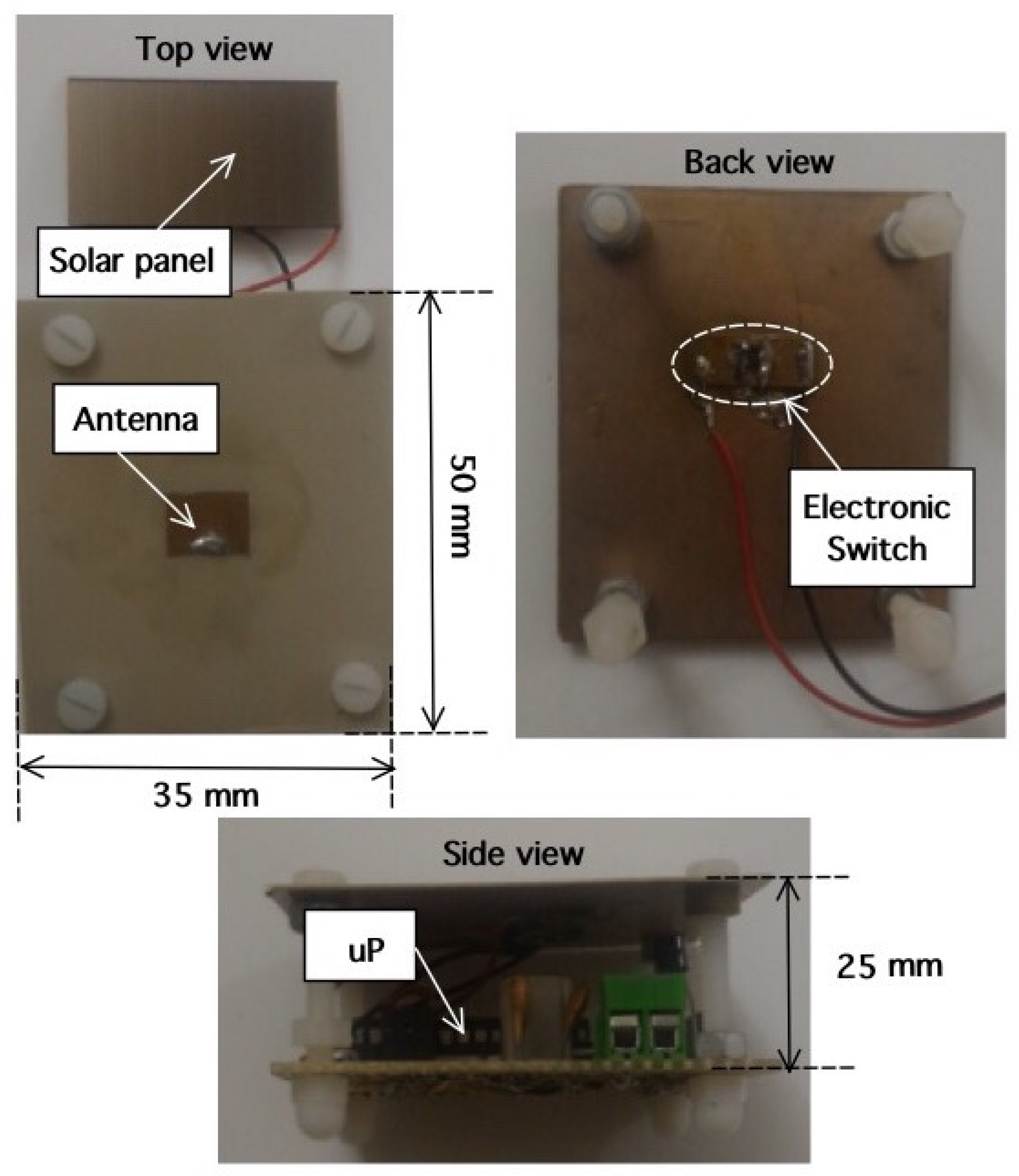
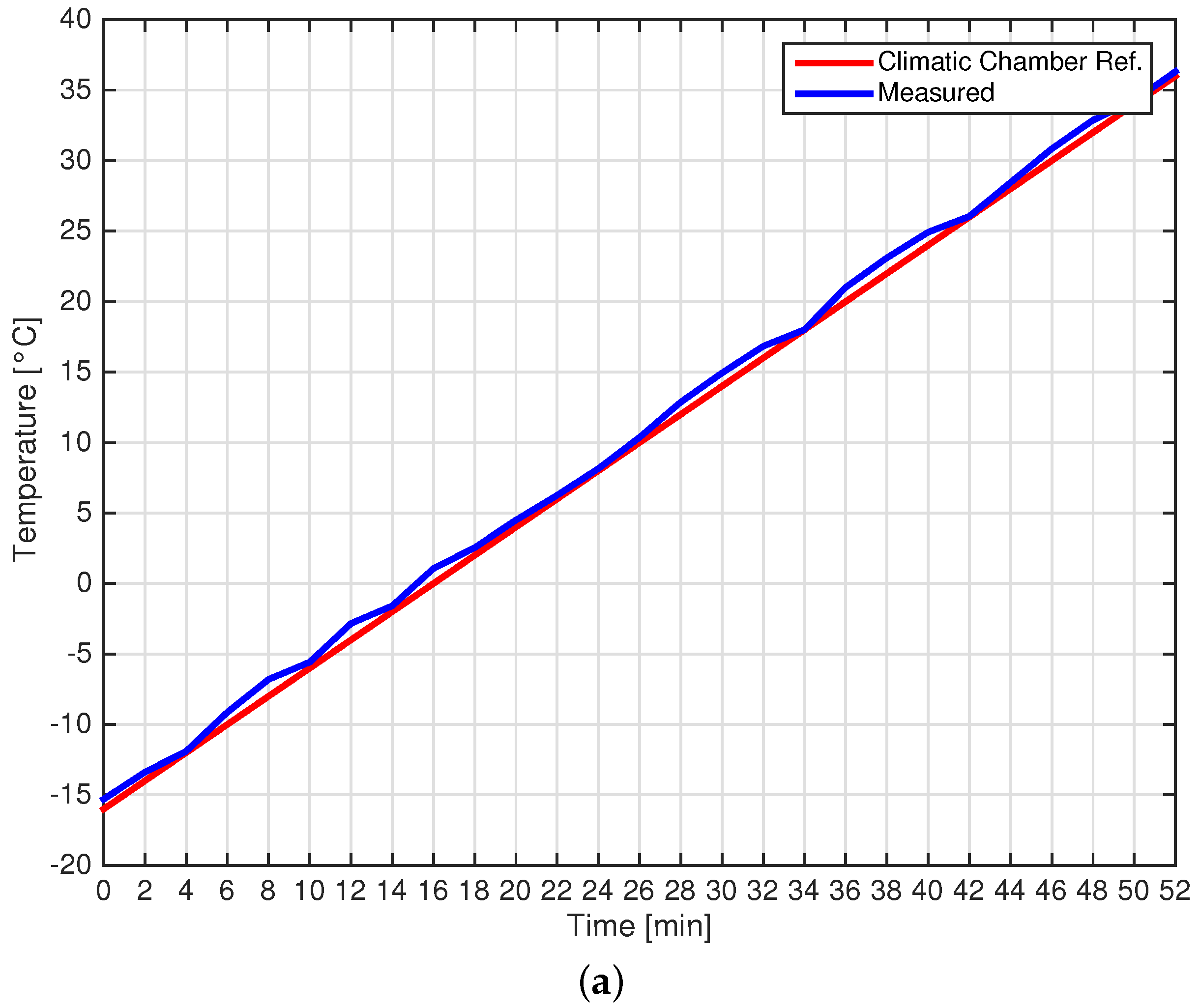


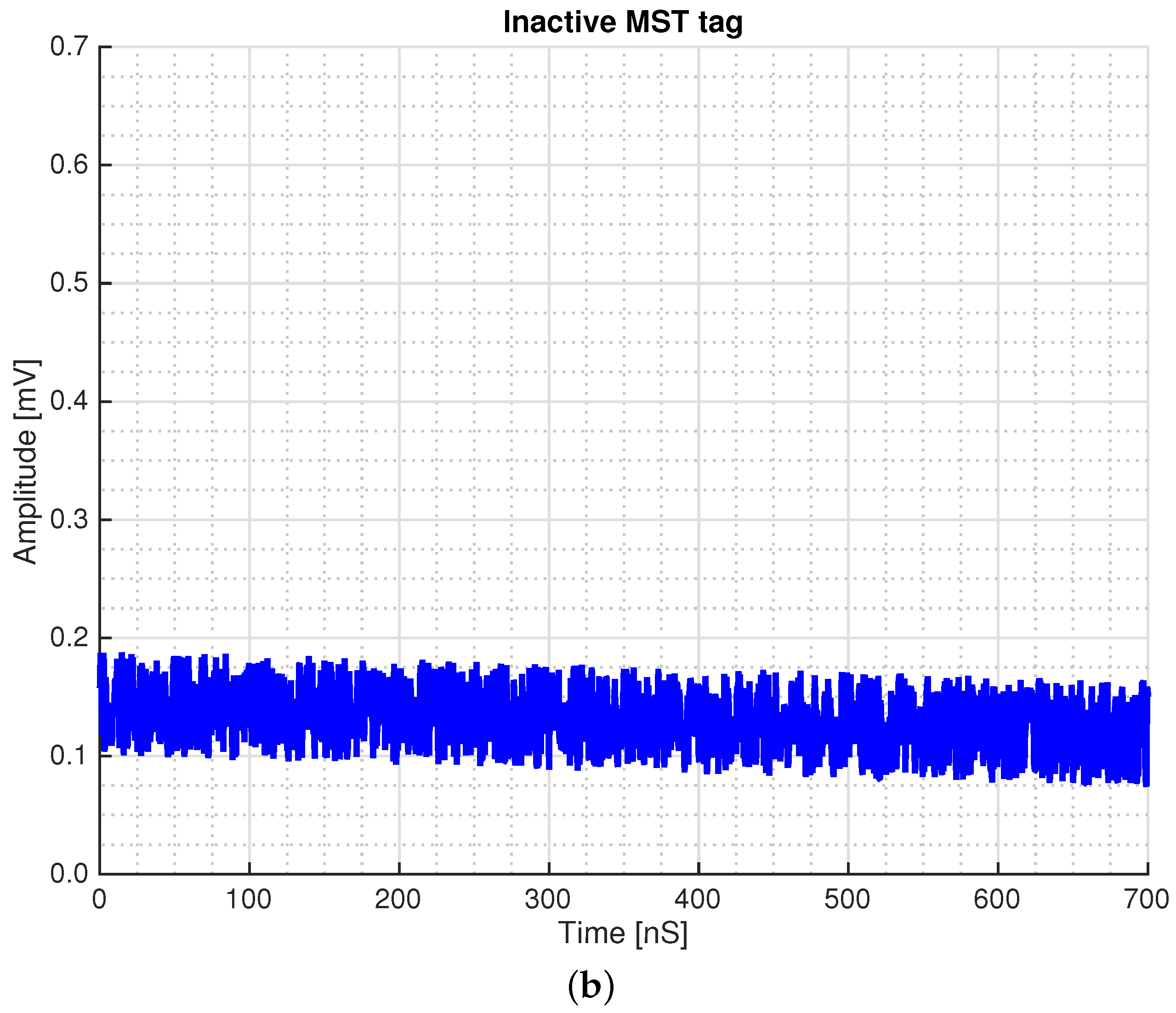


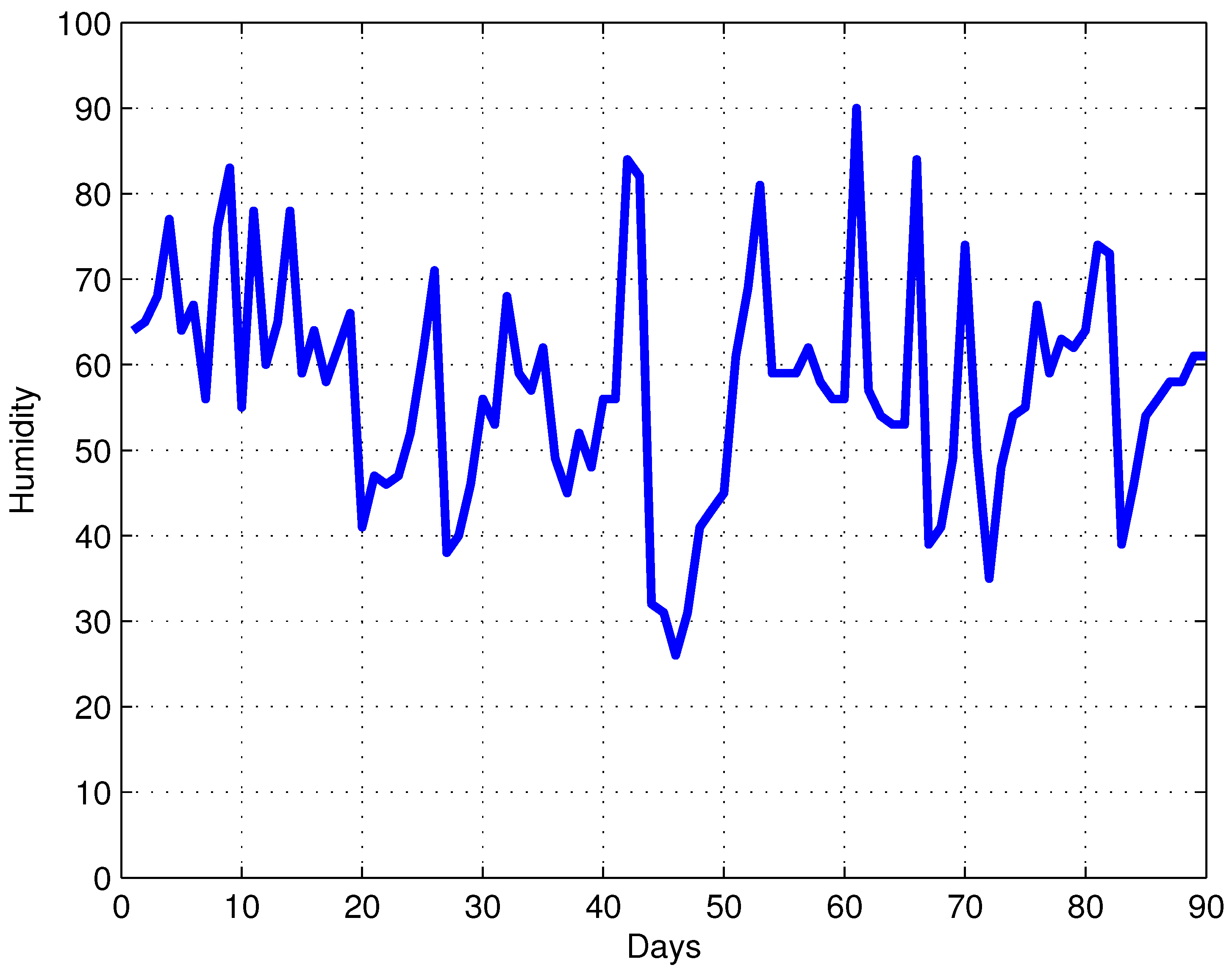

© 2018 by the authors. Licensee MDPI, Basel, Switzerland. This article is an open access article distributed under the terms and conditions of the Creative Commons Attribution (CC BY) license (http://creativecommons.org/licenses/by/4.0/).
Share and Cite
Donelli, M.; Manekiya, M. Development of Environmental Long Range RFID Sensors Based on the Modulated Scattering Technique. Electronics 2018, 7, 106. https://doi.org/10.3390/electronics7070106
Donelli M, Manekiya M. Development of Environmental Long Range RFID Sensors Based on the Modulated Scattering Technique. Electronics. 2018; 7(7):106. https://doi.org/10.3390/electronics7070106
Chicago/Turabian StyleDonelli, Massimo, and Mohammedhusen Manekiya. 2018. "Development of Environmental Long Range RFID Sensors Based on the Modulated Scattering Technique" Electronics 7, no. 7: 106. https://doi.org/10.3390/electronics7070106






